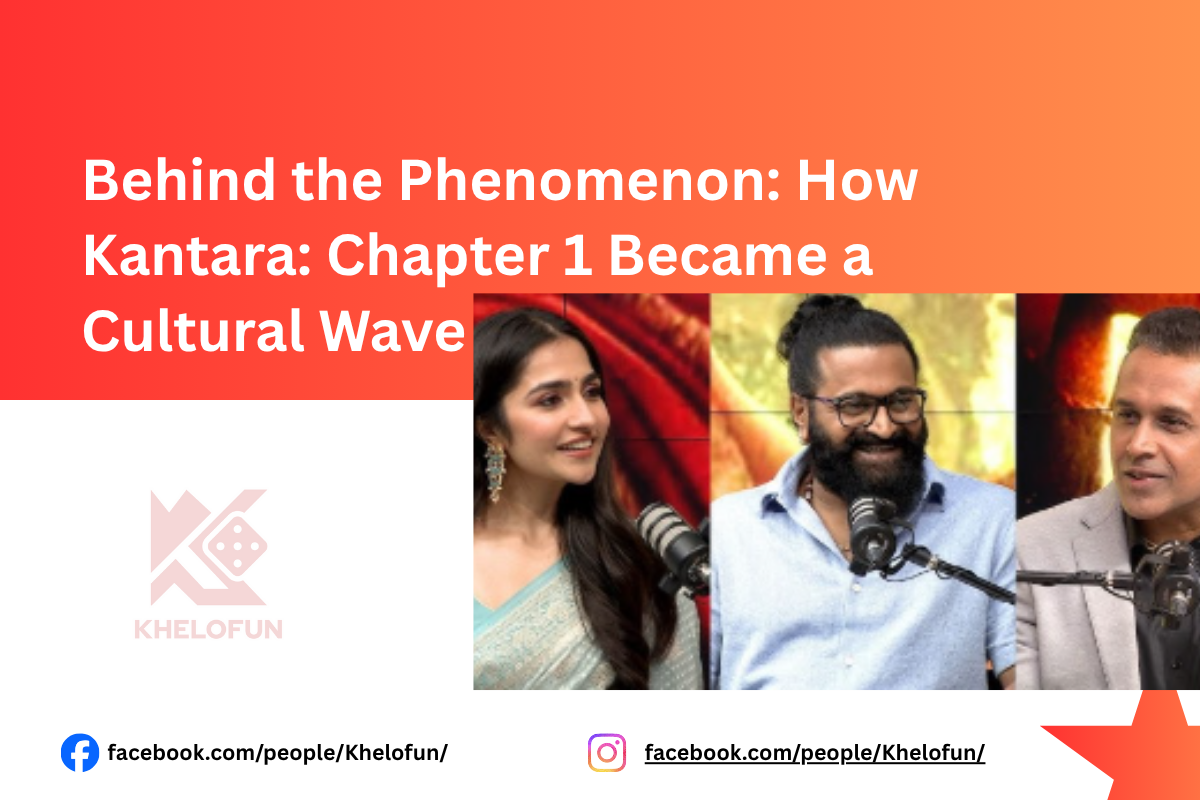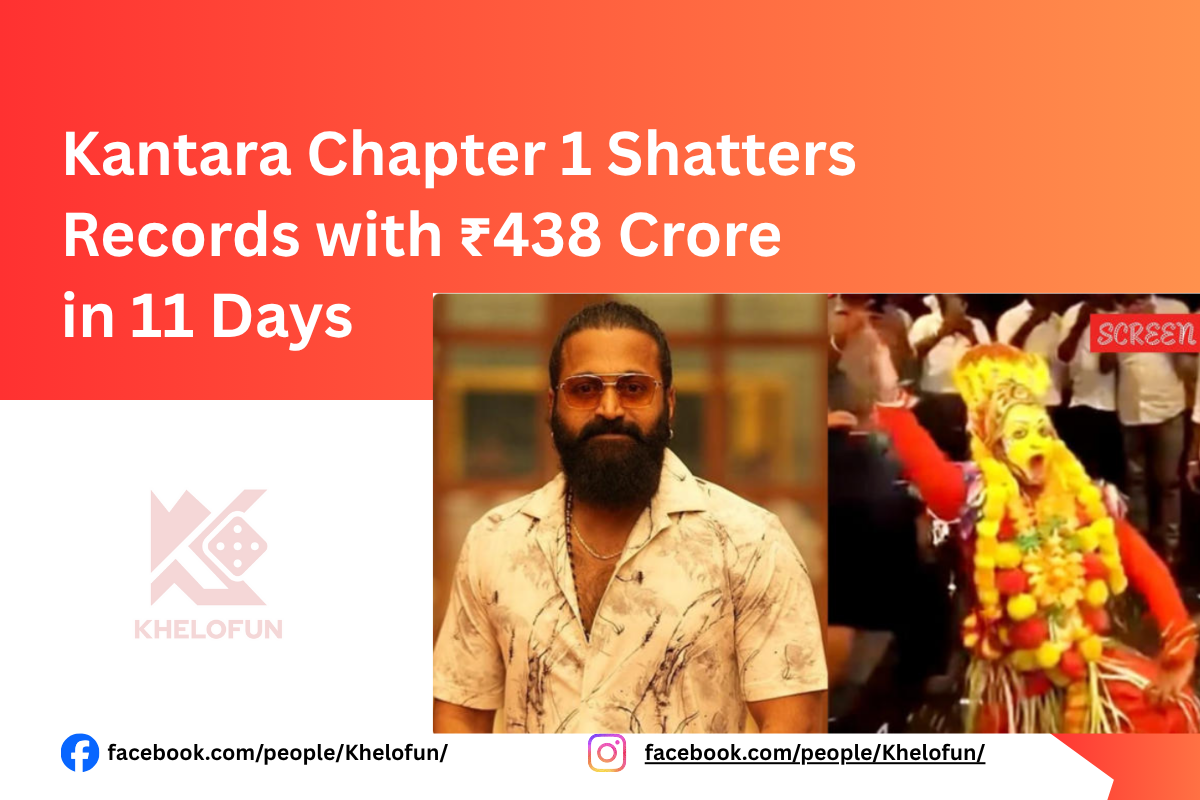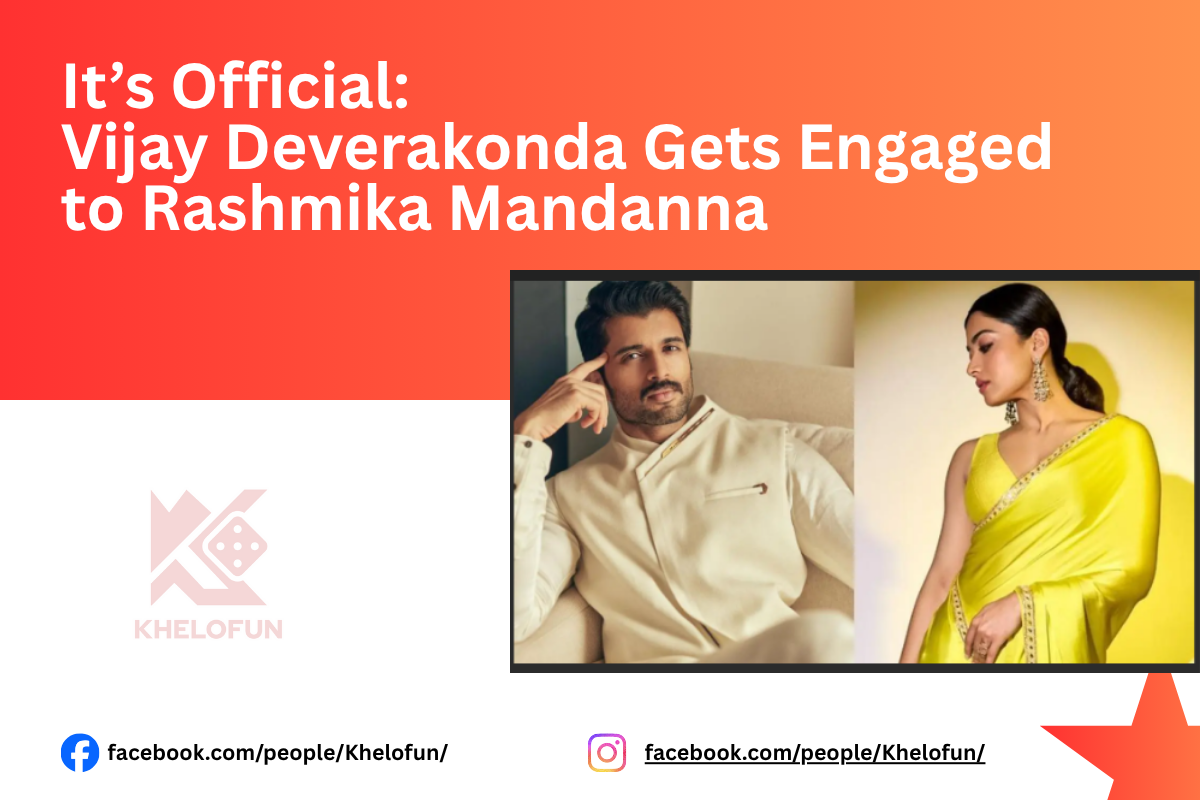A film achieving viral success and still being talked about weeks after it is released from theatres is something truly unique. This is what Kantara Chapter 1 accomplished and it transformed into a national phenomenon no one could have predicted.
The film grossed 400 crore worldwide, in six days – making it the second highest-grossing Kannada film ever.
What Made This Film Special?
Rishab Shetty crafted something remarkable in Kantara Chapter 1. The film takes audiences back over 1,500 years to a folk tale from a time when it comes from somewhere close to the coast of Karnataka.
It is the story of King Rajashekara (also just referred to as Raja in less formal conversation) and his children, and then luck brings in stories of gods, tribes of the forest, and the glue that connects them all. The momentum of the Kantara film began with the world-of-mouth success, where people went to, they told their friends, then their kids, and the world would grow.
This was not the success from a huge publicists’ crunch, this was the success of real reactions from the people – they did not come to some agreement with Rishab Shetty and brothers.
The Power of Regional Roots
Shetty believes regional stories can reach everyone. He said the more regional a film goes, the more global it becomes, and Kantara Chapter 1 proved him right. The movie shows traditions like Bhuta Kola and Daiva worship, practices many people outside Karnataka never knew existed.
Here’s how the regional approach comes together:
– Connection to actual cultural traditions of coastal Karnataka
– An accurate rendering of folk traditions avoiding kitsch
– Stories about the man versus nature dilemma that everyone can relate to
– Central motifs of land rights and divine justice that feel universal – The Kantara film is about the “Kadamba” dynasty era, creating a world out of feudal systems. Shetty kept everyone grounded by history and folklore which are still prevalent in people’s lives from the region.
How the Story Was Put Together
Rishab Shetty was inspired by a hunting incident during the second lockdown. It was an incident in the 1990s, which was an example of the man-vs-nature dilemma. This desire stemmed from a further mental reflection on the complexity of the relationship of humanity with nature and specifically, the forests we inhabit.
To make sure the film had an authentic feel, Shetty moved his entire family back to his village, and sought constant participation of the local community. He constructed a filmmaking village where everyone was involved and had a role. This not only allowed the capturing of the authenticity but reciprocally allowed for the capturing of the advances to actually reflect what the tradition is, rather than fabricate.
Rukmini Vasanth’s Standout Performance
In the second half, Rukmini Vasanth, who plays Kanakavathi, arguably has the biggest rebirth. Fans immediately took notice of her commanding presence. One commented on how she enters softly but leaves people rattled by her strength.
Her performance stood out because:
- She brought grace and depth to every scene
- Her character shows unexpected strength in the climax
- The role highlights supernatural elements in subtle ways
- She balanced quiet moments with explosive emotional scenes
Shetty praised how Rukmini added soul to the story. Her character became one of the film’s strongest anchors, giving the narrative emotional weight.
The Visual and Spiritual Experience
People keep talking about how the film looks on screen. Shetty expanded the visual scale from the last Kantara, creating something that feels both grand and intimate. The cinematography captures the forest as a living thing—beautiful and dangerous at the same time.
The spiritual elements hit hard too. Shetty played Daiva Guliga, and he said people could feel his energy because this was his dream role. The performance style uses traditional drums, chants, and rhythmic dance that make viewers feel like they’re watching an actual ritual.
Why It Worked Across Languages
The Hindi version alone crossed 100 crores which is unique for regional movies based on folklore. Not only that, the film actually earned more in Hindi than in Karanada, reinforcing the point of authentic stories traveling.
Celebrity endorsements by Rajinikanth, Ram Gopal Varma, Prabhas, Yash, and Jr NTR helped with word of mouth. Atlee said it is unbelievable and that it inspired filmmakers from across the country.
The film didn’t rely on the common blockbuster tactics. There were no overnight promotions with giant budgets, no massive added marketing impact, and a star cast – just authentic storytelling which had an emotional tether with, and for, people, because Shetty is vested in the reality of the emotion, and people responded.
If there is one thing that really gets people excited today, it is entertainment that feels fresh and unique. Khelofun taps into this course of thinking in a quest for new experiences and Kantara Chapter 1 gave us something we didn’t see before, and made us feel stimulated by the experience. Kantara Chapter 1 caused us to know, when content creators engage with the core essence of where they come from, and deliver subjects that can have meaning, people come to the theatre experience.
Just like Khelofun develops exciting new alternatives/choices for users looking for something new or unique to entertain them, Kantara Chapter 1 provided an experience that felt both old and new simultaneously.
What This Means for Cinema
Kantara Chapter 1 shows that audiences want more than just high budgets or a stellar cast. They want stories that feel real, impart knowledge, and respect their roots.
Shetty and Vasanth have set the course for regional cinema for decades to come.



